Actually, identical to with each different space of present grand prix equipment, groups are always searching for marginal acquire enhancements to assist make them winners.
Taken all the way down to its most elementary factor, this implies making issues lighter, and stronger – and guaranteeing that each half is completely match for objective.
Groups are additionally all the time on the lookout for indicators of any revolutionary expertise that may assist shoot them away from their rivals.
Progress within the uncooked supplies that automobiles are made out of will not be one thing that comes purely from throughout the manufacturing facility partitions of F1’s opponents, although, as a result of they’re reliant on exterior suppliers which have a a lot better understanding of the composite business.
And none stands out extra on the present F1 grid than Belgian multinational science firm Solvay. It helps provide each F1 workforce on the grid, to a larger or lesser extent, with its carbonfibre merchandise, which go on to be finally formed and was the automobile components we see out on observe.
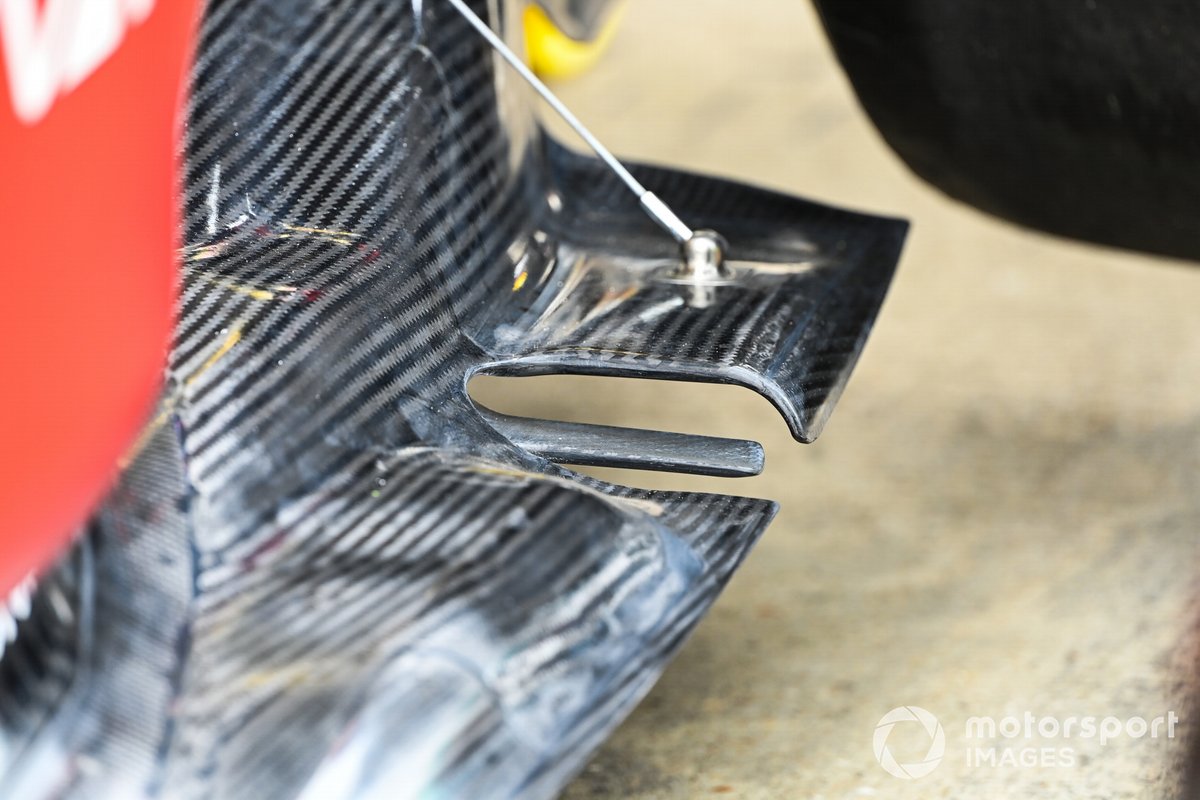
Ferrari F1-75 ground particulars
Picture by: Mark Sutton / Motorsport Photos
Solvay has seen dramatic adjustments within the expertise and understanding of carbonfibre because it first appeared in F1 – as groups have always pushed issues to the restrict.
As Gerald Perrin, World Program Director of Automotive at Solvay, tells Autosport: “Up to now 20 years, each single automobile profitable the F1 championship was manufactured with Solvay supplies.
“We now have been extraordinarily pivotal in working with the groups in enhancing the security of the automobiles. However the kind of supplies which can be used immediately are fully totally different to what was designed within the ’80s.
“There may be optimization of the fiber and the resin, and the way you mix and work together these two supplies.
“All the pieces has been fully optimized, whereas within the ’80s it was in all probability one match for all: it was lighter than steel so it was already tremendous good!”
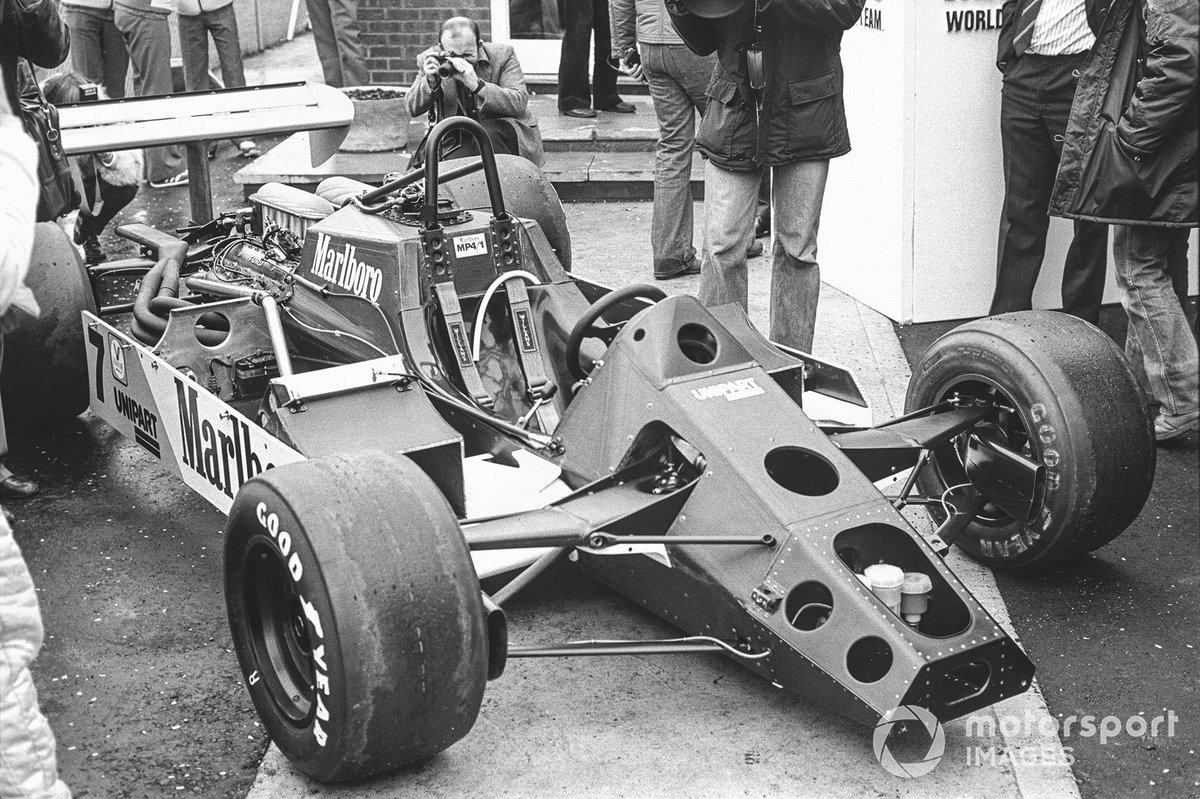
McLaren MP4/1
Picture by: Motorsport Photos
Whereas a long time in the past, a automobile could have used two or three several types of carbonfibre for various functions, now it is a fully totally different ballgame with round 40 varieties all through.
Mark Steele, buyer engineering supervisor of automotive composites for Solvay, says: “Once I suppose again to the Nineteen Eighties they used one or two, perhaps even three, several types of epoxy resins to translate the efficiency into the fibre.
“These days, the automobiles do not use one or two resins, they use a number of resins. They’re very, very bespoke resins for very particular functions: whether or not it is a suspension arm, which is pushed finally by stiffness, by to a facet intrusion pod, which is designed to guard the driving force.
“In the event you go have a look at the number of fibers which can be on the market, I would not say there’s a whole lot, however there’s large alternative there.
“You need to choose a fiber for the kind of property you need, after which try to match that up with the chemistry behind the resin, as a result of you’ll be able to’t use all chemistry with all fibres. I believe that is the place the benefits have actually come from.
“The consistency has improved rather a lot too. That enables groups to actually stress their components to the last word restrict, figuring out that they are going to fail very persistently. Which means they will drag each final little bit of efficiency out of the half.”
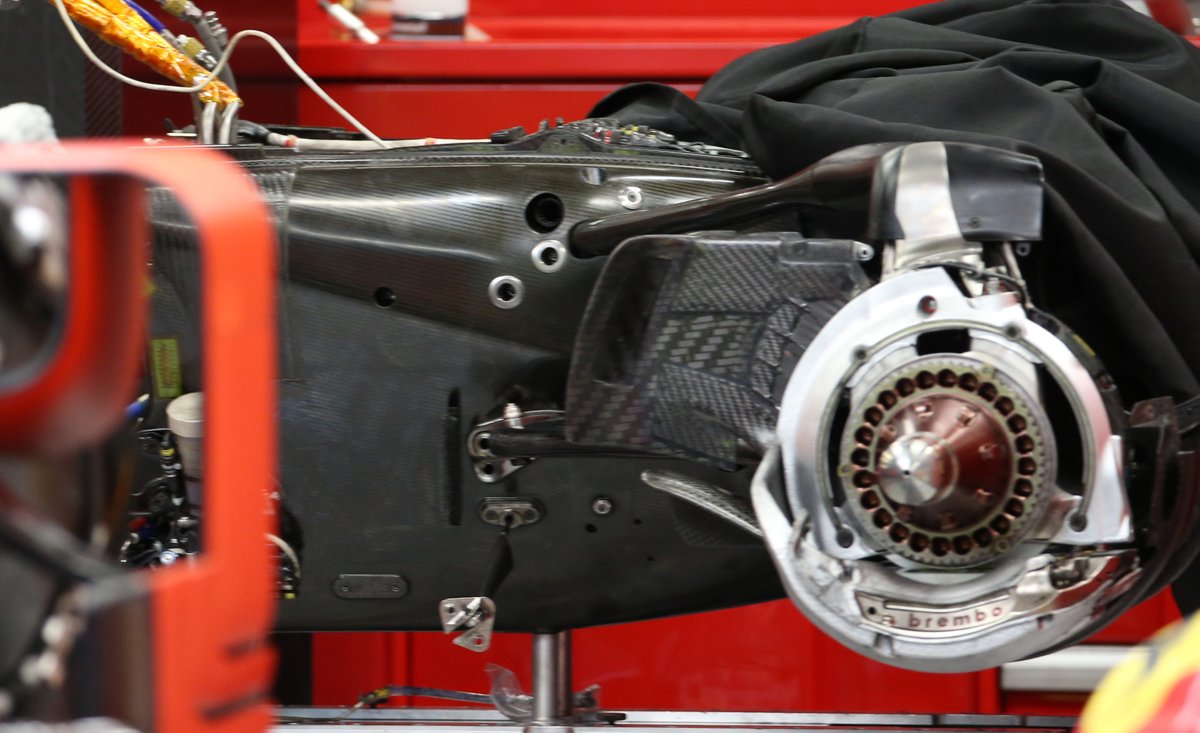
Ferrari SF16-H, carbon case on the gearbox
Picture by: Giorgio Piola
New challenges guidelines
Solvay has witnessed many rule adjustments through the years and has had to answer the rising calls for for harder supplies to resist ever-stricter crash exams.
However F1’s new guidelines period for 2022 has thrown up some particular challenges, as groups have discovered themselves battling to get all the way down to the burden restrict.
Such was the desperation to trim off the additional kilograms, that some groups needed to assault their liveries to strip again any extra paint – leaving the naked carbonfibre uncovered. Steele explains that Solvay needed to play its half too in producing supplies that would assistance on this entrance.
“We developed a really particular product for a few of the bodywork on the automobile, the place they had been having to place simply micron ranges of paint on,” he stated. “So the floor end needed to be virtually perfection earlier than they paint it.
“Then, once they abrade into the paint, as a result of very often they should take away it or clear the automobile, we have needed to provide you with some formulations, that are tremendous abrasion resistant.
“It means once they do abrade it, it would not reduce into the carbon. These are the actually small little particulars which permits them to drop weight.”
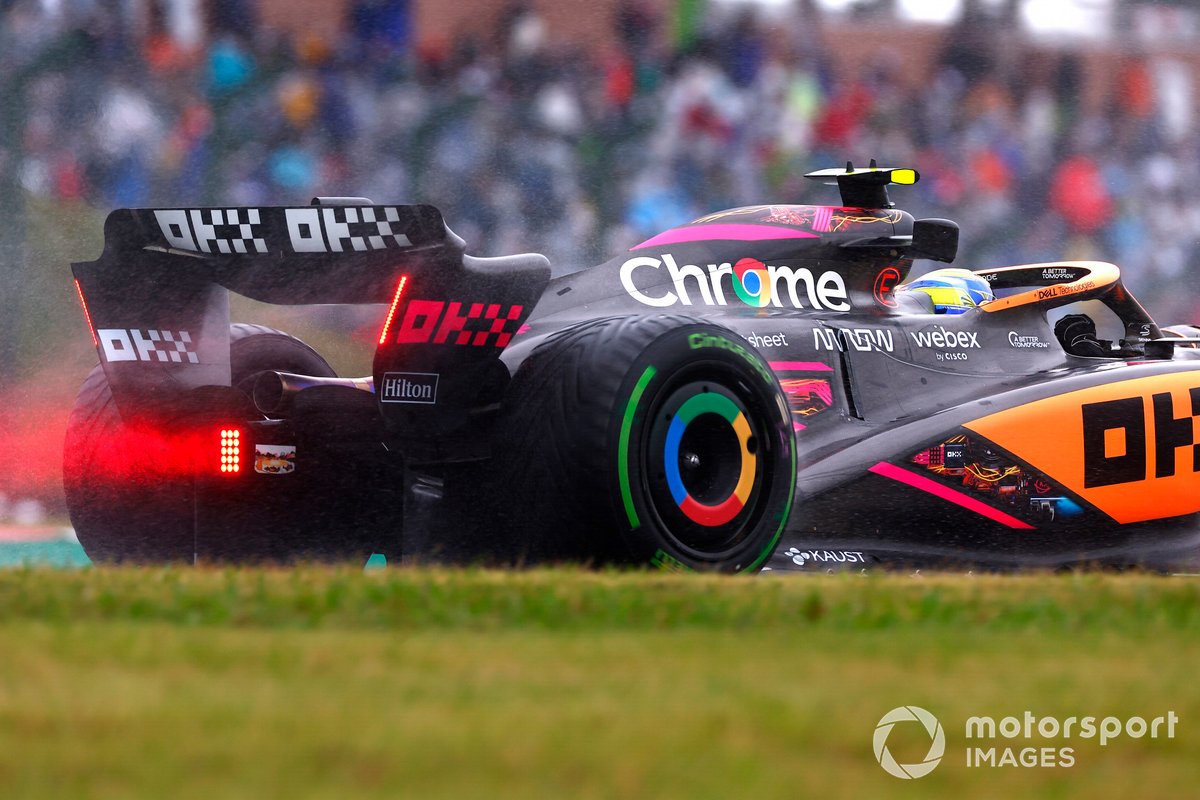
Lando Norris, McLaren MCL36
Picture by: Steven Tee / Motorsport Photos
What comes subsequent?
F1 groups and corporations like Solvay are all the time seeking to the longer term and the place enhancements will come from subsequent. Nevertheless it’s necessary to state that finish objectives are altering for all opponents.
The place as soon as they could solely have been inquisitive about efficiency, now groups are having to juggle a bunch of competing components.
There may be the associated fee cap problem, which implies good worth for cash is crucial. However sustainability can also be changing into essential and that’s one thing that counts for what supplies automobiles use too.
Steele provides: “It’s totally tough to foretell how they are going to transfer however, from a fabric perspective, immediately they’re utilizing probably the most unique fibres, and so they’re utilizing unique resins.
“However the one factor that’s enjoying an element is the finances cap for the groups. It impacts the larger groups greater than others as a result of they are going to actually have much less cash to spend on a few of these actually highly-exotic merchandise.
“In order that’s in all probability the most important factor: making an attempt to make supplies more economical while making an attempt to keep up efficiency.
“There are additionally conversations round using bio sustainable uncooked [materials]as a result of the rules may drive groups to start out taking a look at having much less petroleum-based sort supplies within the automobile.
“It’s these kinds of rules which can transfer the F1 market in a sure route.”
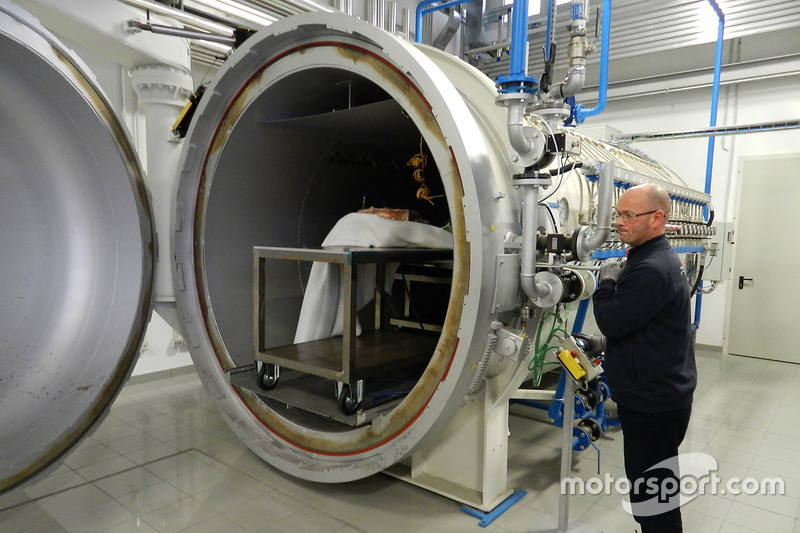
Autoclave
Picture by: Franco Nugnes
However this isn’t to say that, ultimately, groups will flip their again on progress that does provide lap time enchancment. Perrin sees two avenues of intense improvement over the subsequent few years.
“Solvay is enjoying with additive manufacturing,” he explains. “Like 3D printing, additive manufacturing is one thing that we’re already fairly current and superior in.
“It’s a totally different option to make an element, and that is one thing we see that’s interesting for F1 and for a number of markets.
“Then I’d say exterior of composites, we’re a large participant for electrification. We’re enjoying rather a lot on battery expertise and even boosting the electrical engine efficiency.”
Solvay sees scope for larger use of carbonfibre components in electrical motors. These can contribute to much less inertia and better rotational speeds of inside elements to permit them to spin up and decelerate a lot sooner.
However there are hints too of revolutions to come back in general battery expertise, which may very well be pivotal when F1 strikes to its new engine guidelines period from 2026.
Perrin provides: “We’re additionally engaged on the chemistry of the battery itself. Immediately most individuals are utilizing I’d say typical batteries, however there’s new expertise on batteries that we will foresee in 2025.
“This can fully change issues by way of power density, so the capability of the battery, and in addition the worldwide weight that it’s essential to carry for a similar quantity of power, will drastically be diminished.
“It is not prepared but, however that is one thing that we see approaching the horizon.”
Carbonfibre helped open a brand new period for F1 again within the Nineteen Eighties. It appears set to play a key half in shaping its long-term future too.
